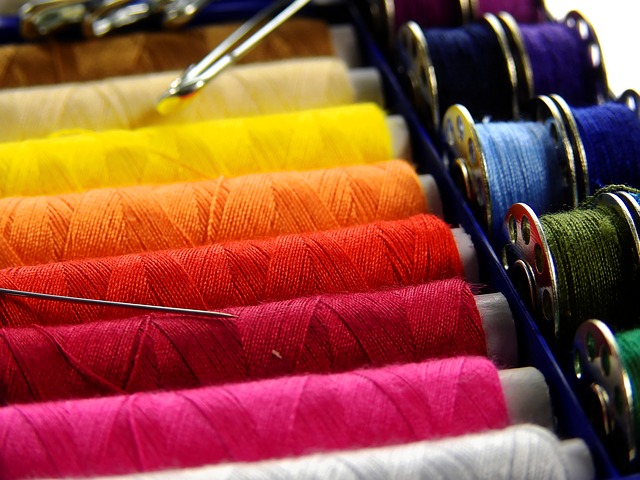Fashion Marketing Declares A Style, But What Decides That Choice?
The modern-day fashion industry likely informs what clothes you buy at all the fancy-ish stores. They are the people who determine the common perception of what you would want at Victoria’s Secret, or Windsor Fashions, or Macy’s, or any of the other clothes stores you can find at the mall, like Countryside. And these groups have marketing power which is both baffling and impressive.
Let me put it this way, the phrase “beauty is in the eye of the beholder,” is the basic summation of the idea that art and aesthetic is subjective. That what a person, or a group, or a country, finds to be attractive in terms of features, clothing, qualities, etc. is entirely arbitrary and has no basis in anything besides personal taste.
And, though I am unsure of to what degree this is true—I do not have the page space to argue/discuss what is and what is not innate beauty—I can accept the saying as true for this article. But, if that’s indeed true, that means what we find to be high-end clothing is only considered high-end clothing because the industry said so.
I mean, duh, right, Seems obvious. But this is a loop. This is a self-contained marketing loop. If something vastly different from the style now in the fashion world were to branch out, such as a loose-fitting functional version of the potato sack, it would never ever gain real traction. Because the people who determined the arbitrary style beforehand, now conditioned our collective mainstream tastes to not accept the flagrant alternative.
Why is that not beautiful? Why is a potato sack bad? Because we have a standard. But they determined the standard. They chose that style to be superior. The marketing of this is practically palpable.
They Are, Successfully For The Most Part, Marketing Our Perceptions
Now, sure, as any pictures from the 70’s which shows what people wore back then can handily teach, styles shift out eventually. There is a natural changing pattern which overhauls the style to a new standard—or, at least, there appears to be. But, for the ten or so years that each style lasts, these fashions will continue to sit where they do because of the marketing of the fashion moguls and the celebrities paid to wear their wares upon their bodies.
Now. I don’t mean to sound overall critical. Because I think dressing nicely is a good thing in the right situation. I think people striving for a good appearance—within reason, mind you—is not a bad thing. Esthetics are art, and I’m a big proponent of art. But I also want to point out that marketing is a method of making an idea innate to the public. Fashion is so ingrained: to deviate would seem odd. And, with anything like this, one should be aware of what marketing is telling us.
We do, unequivocally, judge people based on their appearance. And certain people decided, perhaps even arbitrarily, that a good part of how that judgment turns out comes from their tastes and their decisions.
And if something like that goes toward wholesome honest products, then it’s usually fine. But we must be careful. We, and they, need to market with the power of marketing in mind. Marketing can sell good things, change the world even. But powerful enough people can also use marketing to make people perceive wearing bright pink fuzzy hats in the shape of birds as the height of attractiveness.
So, let’s all agree to try to stay careful and smart with this power? Okay?
—
If you liked this article, you can read more of Brandon Scott’s work on The Hive, or at his website: www.coolerbs.com

